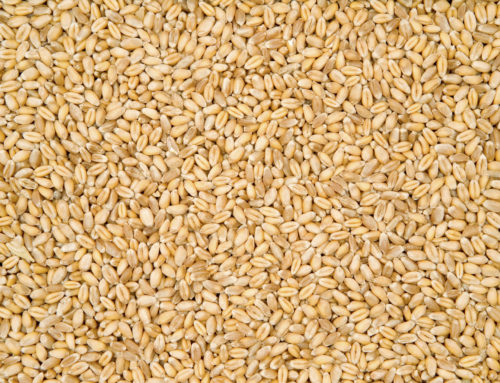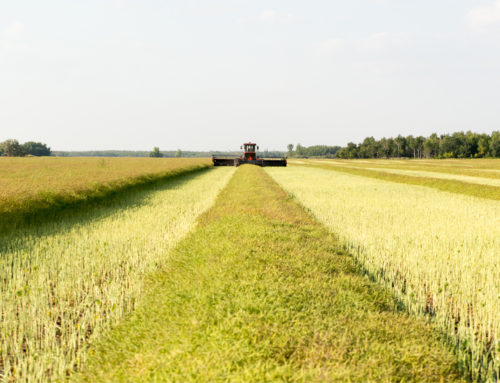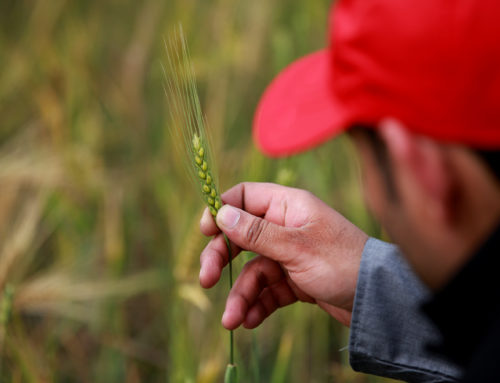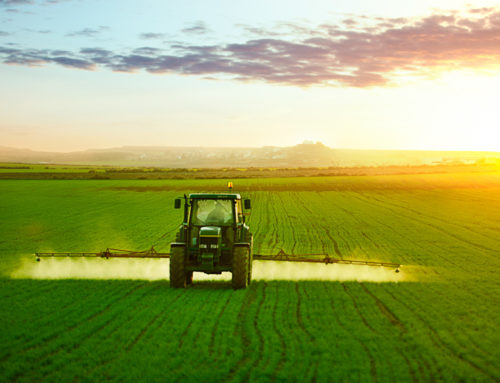The message everyone is hearing across the Prairies is it’s unseasonably warm and there is little or no snow cover. It looks like an early spring could be just around the corner, and with early spring comes considerations with regard to seeding.
Some crops can go in early into cooler soils – peas and wheat for example. However, other crops are less forgiving. Canola and soybeans are good examples. Both these crops need to get a quick jump out of the ground and strong establishment to prepare them to handle other post-emergent stresses better.
“If growers seed canola any earlier than the first week of May, or even the last few days of April, then they could be tempting fate to hand them a wreck,” says Anastasia Kubinec, oilseed crop specialist with Manitoba Agriculture, Food and Rural Development (MAFRD). “If canola is seeded into soil with temperatures in the 2 to 30C range, it will take a really long time for the seeds to germinate and emerge.”
If seeds are exposed in cool soils for long periods, they are more susceptible to soil-borne diseases. Additionally, if they do germinate and emerge, they are more susceptible to stresses such as weather events and insect damage.
Kubinec strongly recommends adhering to all of the proven practises for producing a successful crop. “Seeding into soil that is at least 50C is the absolute minimum a grower should consider,” she says. “Ideally, 8 to 90C is better. At 50C, it takes canola two weeks to emerge.”
According to research conducted by the Canola Council of Canada, canola seeded into 20C soil will show 50 percent emergence at three weeks, if temperatures remain cool. “The upside of waiting for those warmer soil temperatures is getting that quick germination and emergence, which we all know is critical for a successful crop.”
While soil moisture conditions at this time still look favourable, based on the MAFRD soil moisture survey last fall, Kubinec also cautions growers about “chasing” soil moisture and seeding canola too deep.
Taking a look at soybeans, the message is very similar. “Growers who seeded soybeans in 2015 at the beginning of May waited up to 25 days for the crop to emerge,” says Dennis Lange, industry development specialist for pulses at MAFRD. “Those crops were stressed and were more susceptible to the frost we had in late May.” Lange advises growers to evaluate their own risk factors in their growing region. How many acres do they have to seed? What other crops can they seed earlier with less risk? What are the short- and long-term forecasts predicting? What are soil temperatures?
“I tell growers they have the month of May to get soybeans seeded,” says Lange. “Soybeans are an expensive crop to seed, so ideally a grower will only want to seed it once in a season.”
An early spring can be a boon to growers who have a tremendous workload to get the crop seeded in a relatively short timeframe, including all the other field work that has to be done before the seeder can hit the field. Not jumping the gun, however, is important for crops such as canola and soybeans. Your local agronomist can provide some guidelines and research to help you plan your early spring activities.
The following links to Canola Council of Canada lead information on time of seeding and to the MAFRD soil moisture survey:
http://www.canolacouncil.org/canola-encyclopedia/crop-establishment/time-of-seeding/#







Leave A Comment